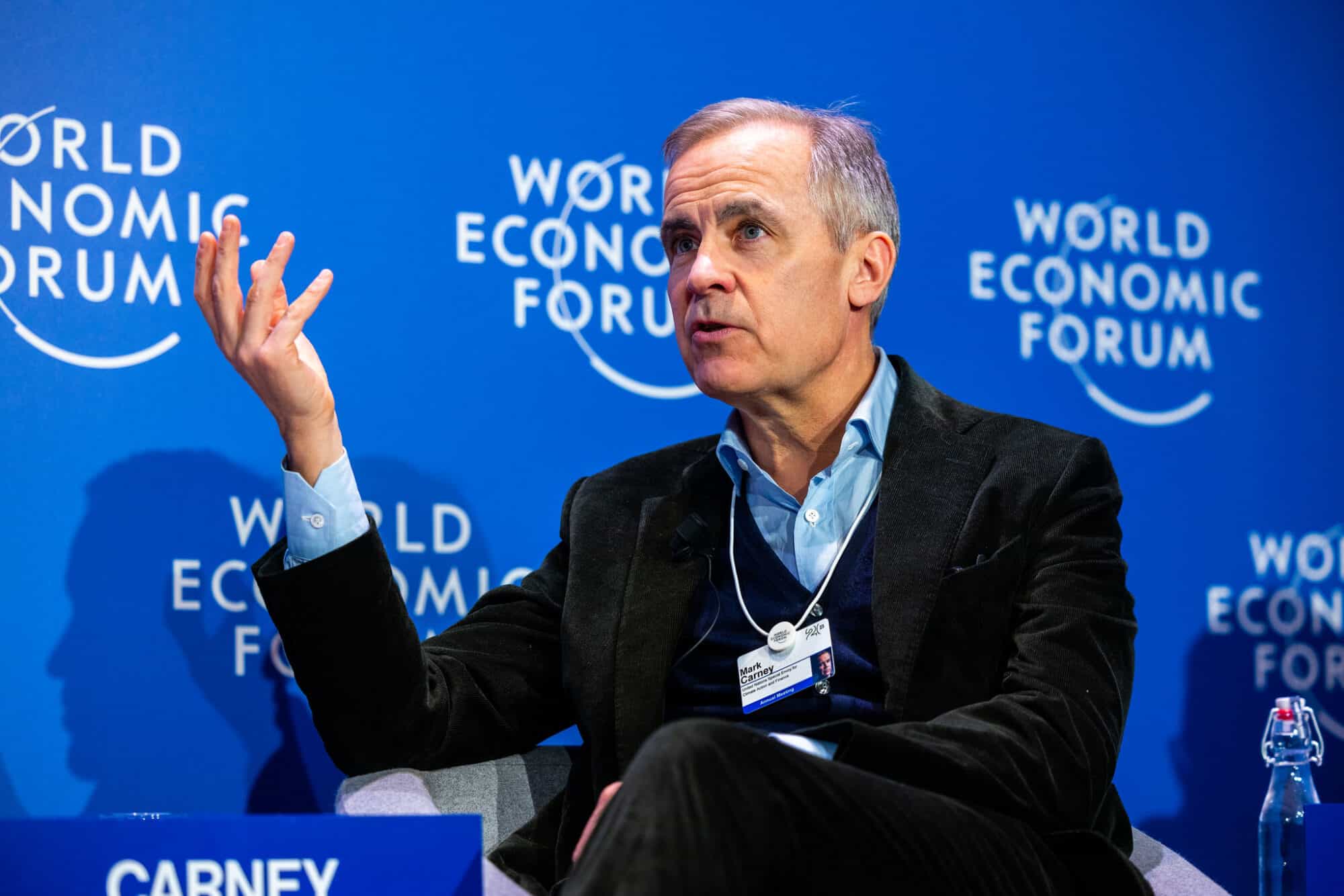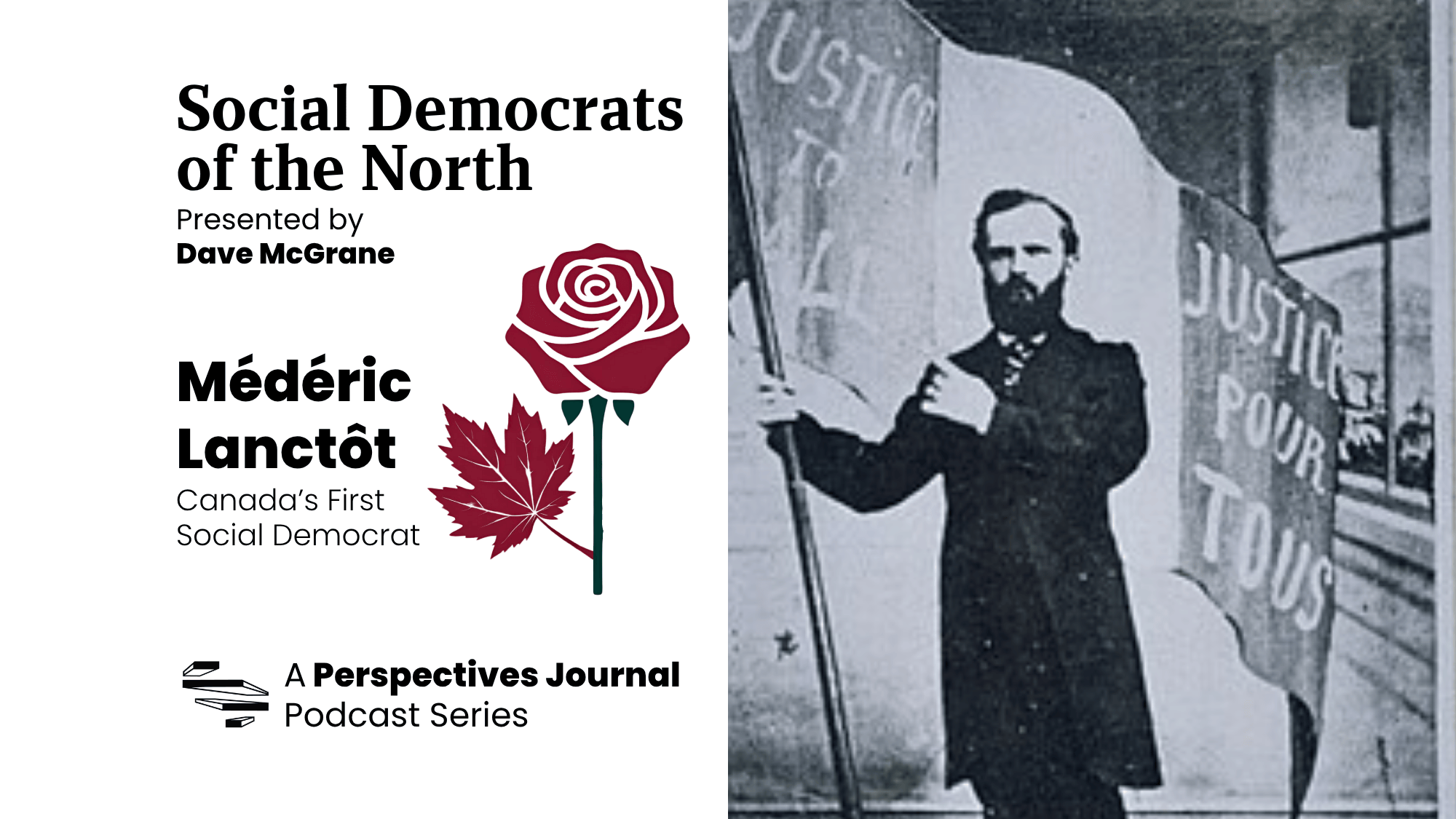Mark Carney is the ultimate Davos man. A former investment banker with Goldman Sachs, he moved from the federal Department of Finance to become Governor of the Bank of Canada (2008 – 13) where he helped handle the fall out from the global financial crisis. He was then tapped to be head of the Bank of England (2013-20) and played a prominent international role in reforming global finance.
He is now back in Canada as a vice president of Brookfield Asset Management (assets of $550 Billion) responsible for social and environmental investing. He continues to play a global role on the climate crisis as an adviser to the United Nations and the UK Prime Minister, and has been tagged by the media as a potential Liberal Prime Minister.
Carney’s massive 600 page new book Value(s): Building a Better World for All (Signal, 2021) looks at the roots and consequences of the global financial crisis. He judges that new regulations he helped draft at the national and international level limiting excessive lending and speculation and requiring greater transparency have made the financial system much more stable and less prone to excesses
It is fair to say that the jury is still out on that one. As Warren Buffett has famously said, it is only when the tide goes out that one sees who has been swimming naked.
But Value(s) is not really an insiders account of central banking, and provides no major new insights into monetary policy and financial regulation. Rather it is more of an analytical and prescriptive manifesto for progressive liberalism. There is no doubt at all that Carney is wedded to the market economy and capitalism, but he is sincerely concerned about financial excess, the rise of the populist right, the decline of trust and social capital, and, above all, about the existential threat of climate change.
His central concern is to reconcile value in the monetary and economic sense of the word with ethical and moral values. His goal is to use market economics to further non market social goals, and he starts from the old adage that markets know the price of everything but the value of nothing. The market must, as he says, be shaped by social purpose to achieve social and environmental goals.
Carney argues with Michael Sandel that market fundamentalism has intruded too much on the social domain, devouring trust, social capital, shared norms, and a sense of moral purpose. We should not let the market economy give us a morally bankrupt market society.
It is refreshing to see recognition of the limits of private ownership and markets by such a prominent establishment figure, especially when it comes to dealing with financial excess, the climate crisis and rising economic inequality. However, Carney, while recognizing the need for government regulation and a non market sphere, emphasizes most the need to shift to stakeholder capitalism and socially responsible investment. Indeed he does so to the point of naivete.
About one half of the book is about sustainable finance and integrating social values into corporate decision making and the functioning of markets. He speaks in detail to the pressing need for companies to align their strategies and business models with the goal of net zero decarbonization of the economy by 2050.
For Carney, the government should set goals and a policy framework, including a high and rising price on carbon, but a major part of the answer to the climate crisis is to lever massive private investments in areas like clean energy and energy efficiency. The job is, he says, just too big to be done without private sector capital and the technological and other capacities of private corporations.
Transition will require mandating new metrics and comprehensive corporate reporting on risks and real value creation, not just rate of financial return and profitability. Environmental goals should be embedded in corporate governance. But, as Carney notes, corporations and financial markets have not adequately taken the needed transition to net zero fully into account, for example in estimating what proportion of oil and gas reserves must be left in the ground and thus financially stranded. He reports that current market valuations are consistent with a catastrophic three degree rise in global temperatures.
More widely, Carney calls for reforms to corporate law and corporate governance to remove restrictions on and to promote socially and environmentally responsible investment and stakeholder capitalism, taking into account corporate responsibility to the environment, workers and communities. He calls for reforms to corporate executive compensation to incentivise long term performance across a number of measures, not just promotion of short-term gains in shareholder value.
“Companies are realizing that the value of a corporation comes from a comprehensive balancing of a variety of interests and not a narrow-minded focus on share price.” He argues that “purposeful capitalism” and multiple bottom lines can still maximize shareholder wealth. “To be clear, in creating value for stakeholders, that strategy must be profitable over time. Profits and purpose are inextricably linked. Profits are essential if a company is to serve all of its stakeholders.”
These ideas are not exactly new but seem to have gained some purchase recently among bankers and corporate elites. In 2019, 181 CEOs of major corporations signed a statement by the US Business Roundtable endorsing commitments, not just to shareholders, but also to stakeholders. Major institutional investors such as Carney’s new employer, Brookfield, are requiring companies they invest in to adopt a broader set of goals, embody them in strategic plans and to regularly report on performance. Many funds are promising individual investors that they will be socially responsible investors.
A huge question mark around social investing is the impact on rates of return. Carney is a major proponent but concedes that there is no compelling evidence that multiple bottom lines do not come at the expense of shareholder value. The law and the idea of fiduciary responsibility or putting shareholders first is deeply embodied in both law and practice.
The ability of companies to pursue social goals is shaped by the logic of competitive markets more than by the moral values of investors. For example, if a single hamburger chain hikes wages significantly, it will likely lose sales and market share to its low wage competitors. If a manufacturing company’s competitors decamp to Mexico or China in search of low wages and lax environmental regulation, it is often suicide for a company to not do likewise to please its labour and community stakeholders. True, more socially responsible companies may have the competitive advantage when it comes to high productivity and knowledge and skills intensive sectors, but that is not the whole economy.
Realists will doubt with good reason that stakeholder capitalism and social investment amount to much more than corporate PR. One can readily point to manifestly predatory corporate behaviour when it comes to price gouging monopolies, speculative finance, corporations undermining health and safety standards and promoting dangerous goods and practices (as in the opioid crisis), or profiting from intellectual property ownership of medically necessary vaccines and drugs, denial of labour rights and standards and resistance to unions, wilful denial of climate change by large energy companies over many years, pervasive corporate tax evasion, systemic discrimination in employment, and so on.
In fairness, Carney does not deny the need for government supervision and regulation to balance corporate capitalism with broader social goals. But his faith in socially responsible capitalism is excessive.





